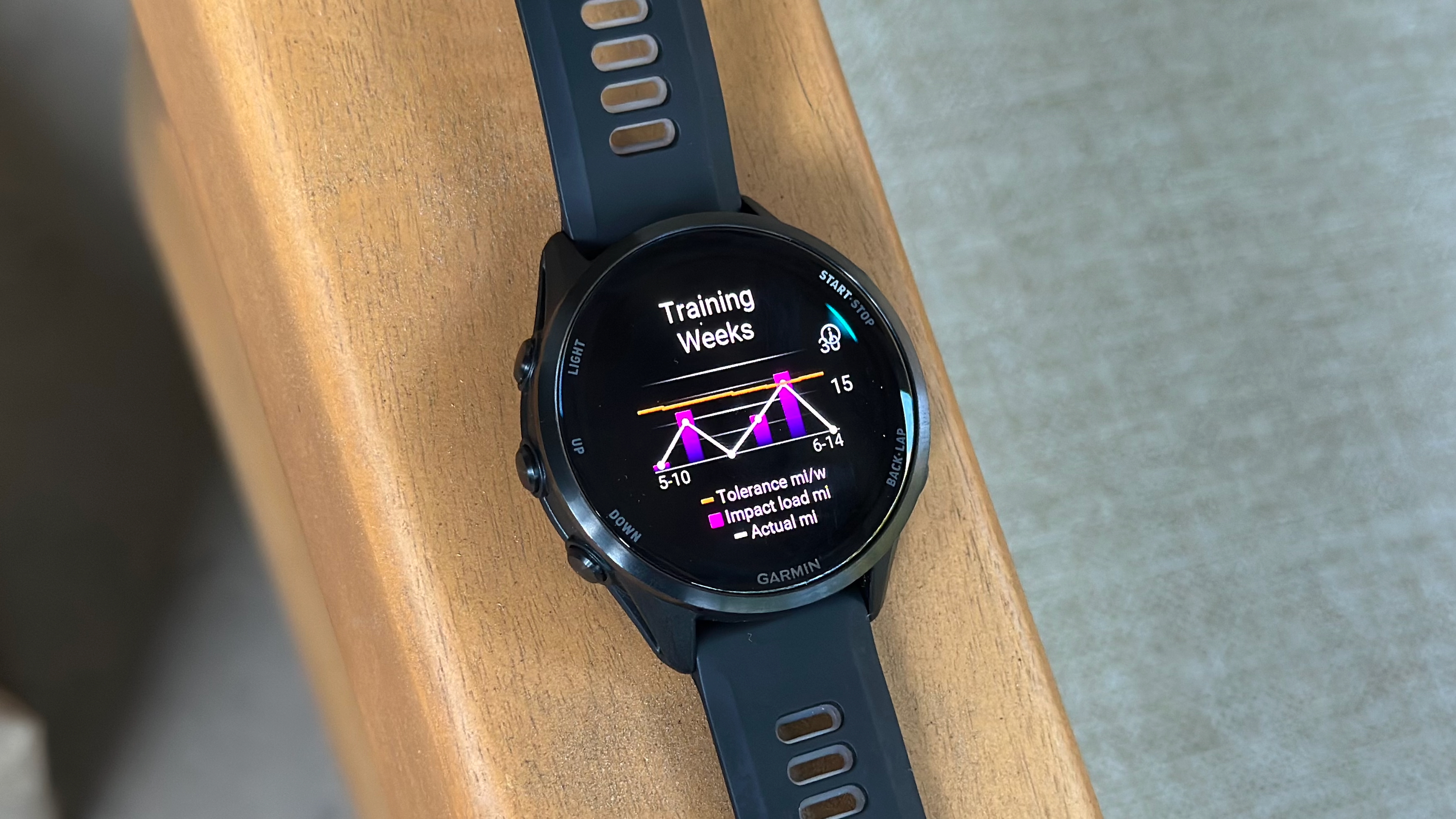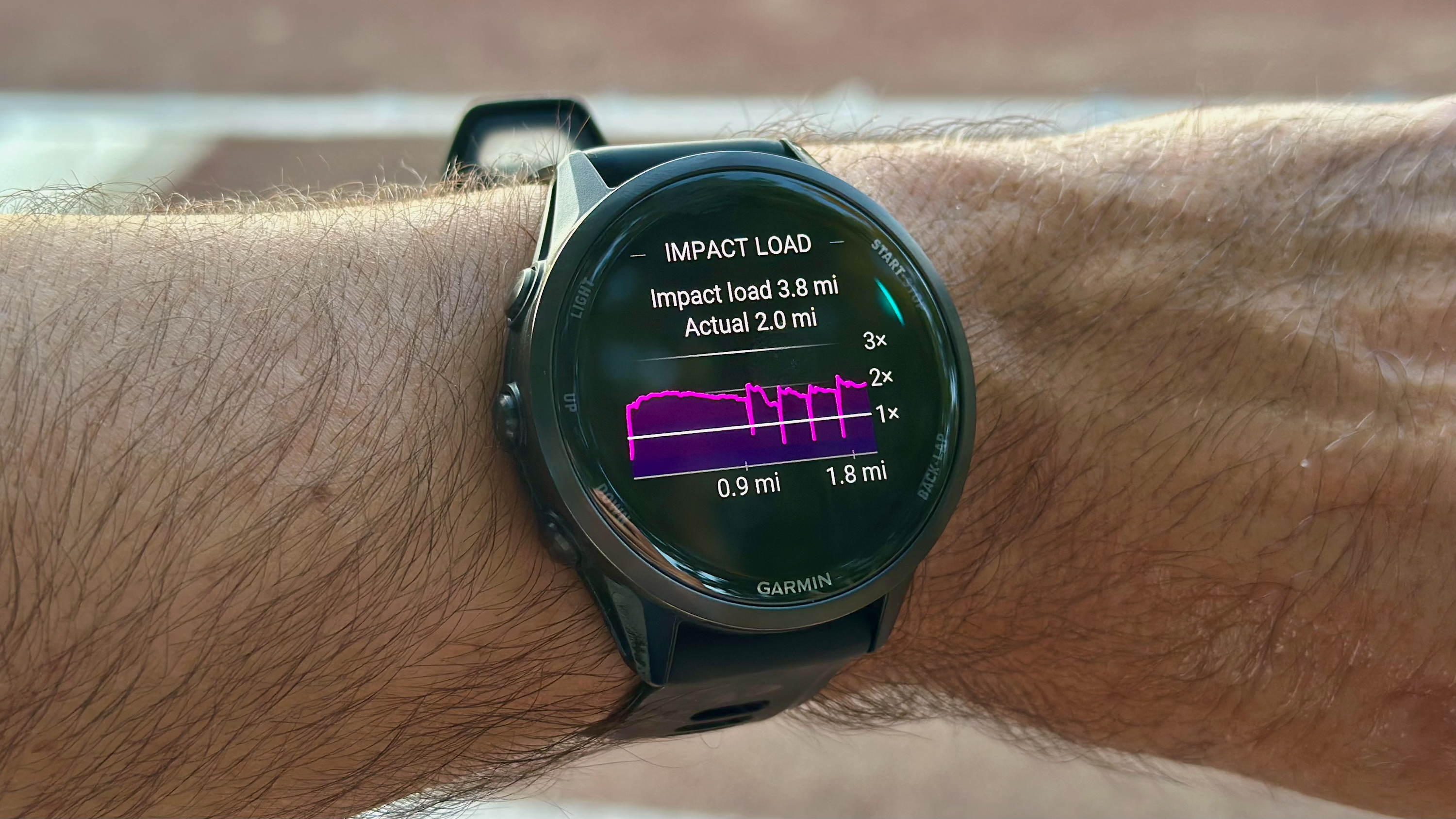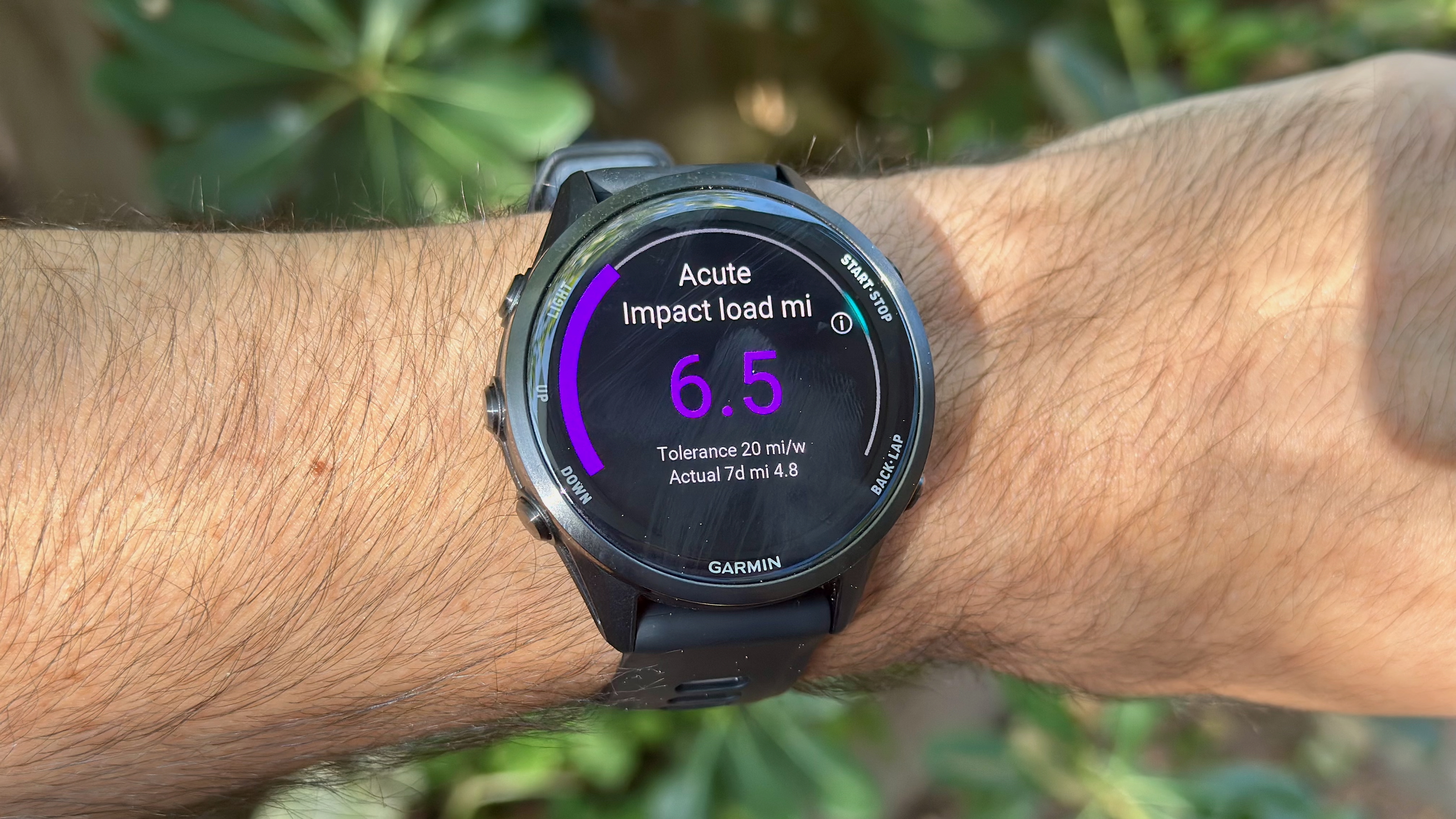Garmin Forerunner 970's running tolerance tool is too useful to be a 'premium' feature
I decided Global Running Day made it worth ignoring my Forerunner 970's advice, and ended up regretting it.


In this weekly column, Android Central Wearables Editor Michael Hicks talks about the world of wearables, apps, and fitness tech related to running and health, in his quest to get faster and more fit.
Last week, my new Garmin Forerunner 970 warned me that I probably shouldn't run because I was close to my running tolerance for the week. Instead, I found out the hard way what happens when you ignore Garmin's algorithm.
I spent May in a bit of a running slump, my mileage dipping about 40 miles from my monthly average. So I decided to rebound in June with more steps and miles. I kicked things off with a half marathon while wearing Ray-Ban Metas on June 1, and then I decided that I could do another hard, hilly run on Global Running Day with a local running group.
By the end of my 7-mile run, I'd fallen behind the group and felt physically weak with a tight right hamstring. I checked my watch later and found I was right above my body's running tolerance.
But since I desperately wanted to rejuvenate my fitness efforts, I went out for a low-aerobic jog a couple of days later once my training readiness score had climbed up a bit. It was a mistake: Even if my heart and lungs felt fine, my hamstring all but gave out on me. I ended up limping home. A week of recovery and a busy travel week at an XR convention later, I'm back where I started.
The experience taught me two things: Garmin's running tolerance estimate is legitimate, and I truly hope it doesn't remain restricted to Garmin's $750 running watch like other "premium" tools.
How Garmin Running Tolerance works

Garmin says Running Tolerance helps you "recognize potentially hazardous training patterns" and "intelligently manage the impact of running on your body as you work to build and maintain mileage."
It builds off of acute load, or the training load effect on your body from the past seven days of workouts, which most Garmin Forerunner models track. But this metric focuses on excess post-exercise oxygen consumption (EPOC), rather than the biomechanical load.
Get the latest news from Android Central, your trusted companion in the world of Android
That's where Running Tolerance changes things. For each run, it takes into account your weight, speed, intensity, ground contact time, cadence, and significant uphills and downhills, among other concerns.

The goal is to track the "force exerted by the ground on your body." And a speedy downhill run, for example, might be "three times harder than an easy run on level ground." And you might not normally realize it, because the run felt easy on your lungs.
Garmin then judges your acute impact load miles against your running tolerance, based on your recent running history. It warns you if you've entered a "cautionary state" where you should be careful of injury or burnout.
It's separate from Garmin's typical post-run recovery estimate because it takes more than your cardiovascular system into account. And that's vital context for runners!
Of course, most semi-serious runners will show better impulse control than I did and stop themselves when their bodies tell them to. But running tolerance is still critical for anyone trying to take their training to the next level.
Beginner runners need this more than veterans

Garmin's whole wearable strategy is price-locking software, such as how the Forerunner 970 gets offline maps but the 570 doesn't, or how the Forerunner 165 uses training load data in the background to create daily suggested workouts but blocks you from seeing the widget. It makes you pay extra for the best tools.
And fine, if Garmin wants to lock maps, real-time stamina, Strava Live Segments, and endurance scores to the premium models like the 970 and Fenix 8, we just have to accept that.
But running tolerance is designed to prevent injuries by warning people off who don't know their limits. And I'd argue that it's more important for couch-to-5K runners or casual runners to see that their body isn't ready for a half marathon, or that they've hit their weekly limit and need to ease off to avoid injury.
Are casual runners going to spend $750 on a running watch? No, and they shouldn't! Not until they're advanced enough to take full advantage of the features. But the weekly running tolerance limit doesn't feel "advanced" to me; it feels fundamental.
I shouldn't have ignored my running tolerance data, but at least I was forewarned. Other Garmin watch owners don't get that context. So while I find it unlikely based on Garmin's track record, I'm hoping Garmin's running tolerance eventually trickles down to more watches and helps people prevent injuries!

Michael is Android Central's resident expert on wearables and fitness. Before joining Android Central, he freelanced for years at Techradar, Wareable, Windows Central, and Digital Trends. Channeling his love of running, he established himself as an expert on fitness watches, testing and reviewing models from Garmin, Fitbit, Samsung, Apple, COROS, Polar, Amazfit, Suunto, and more.
You must confirm your public display name before commenting
Please logout and then login again, you will then be prompted to enter your display name.
